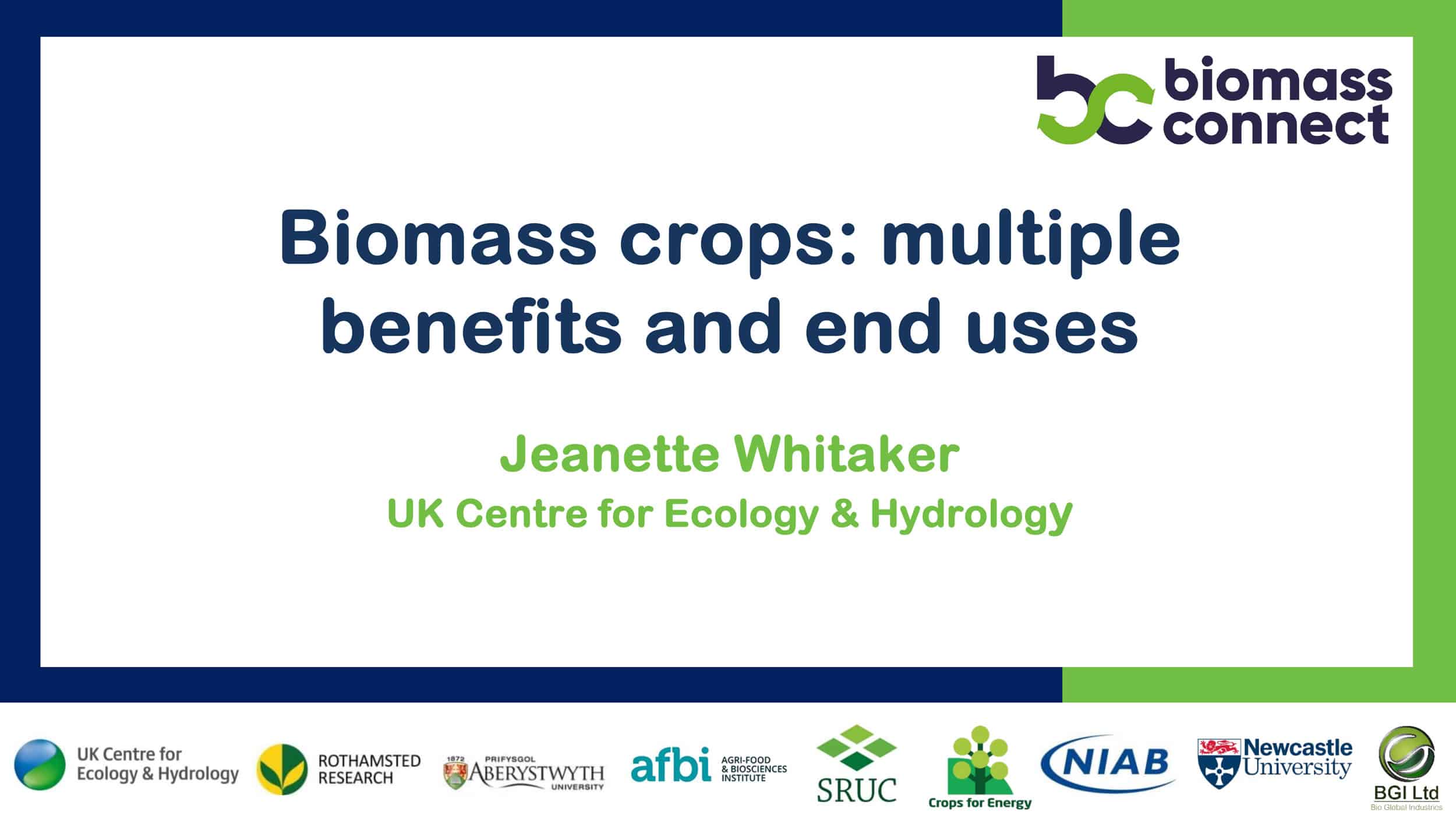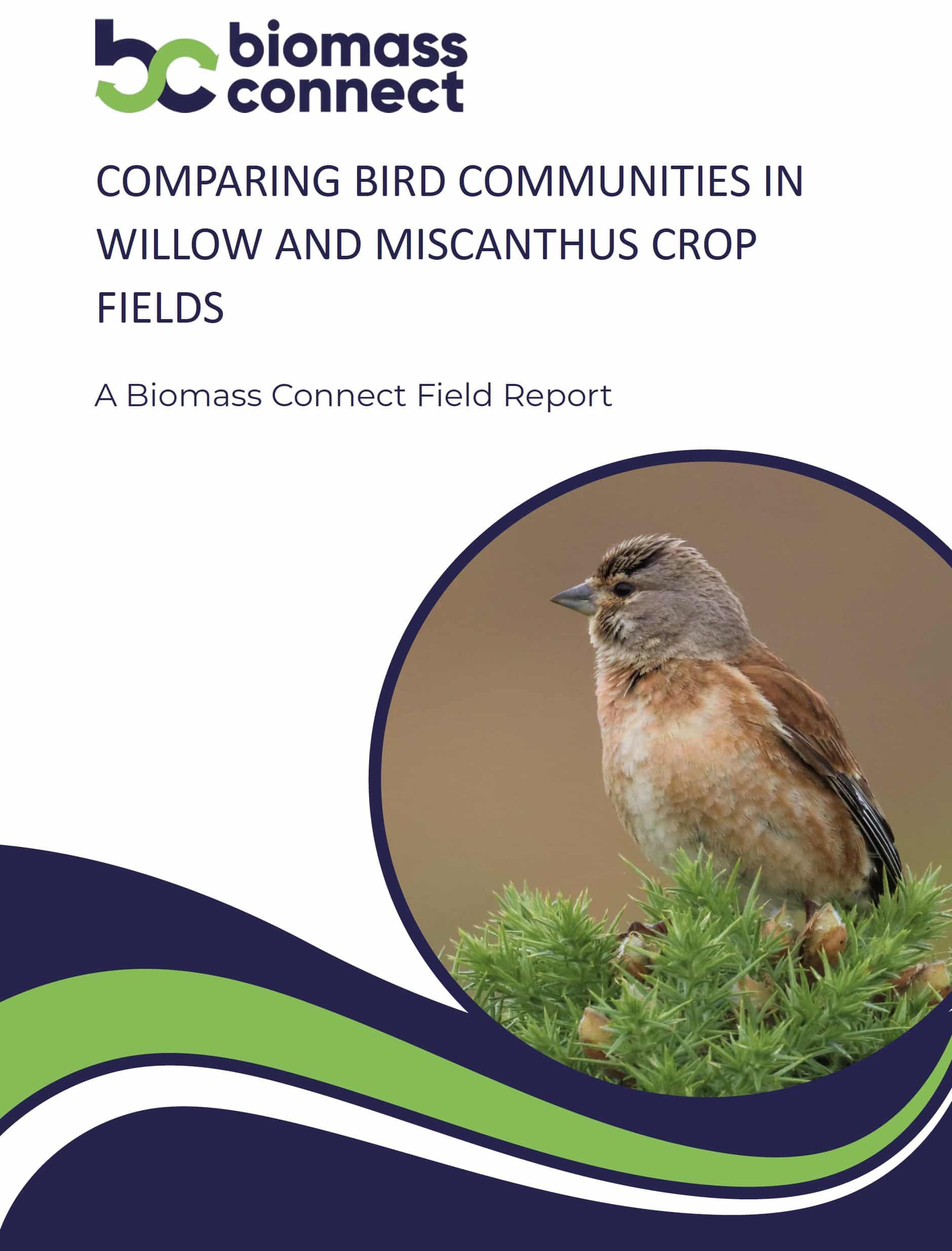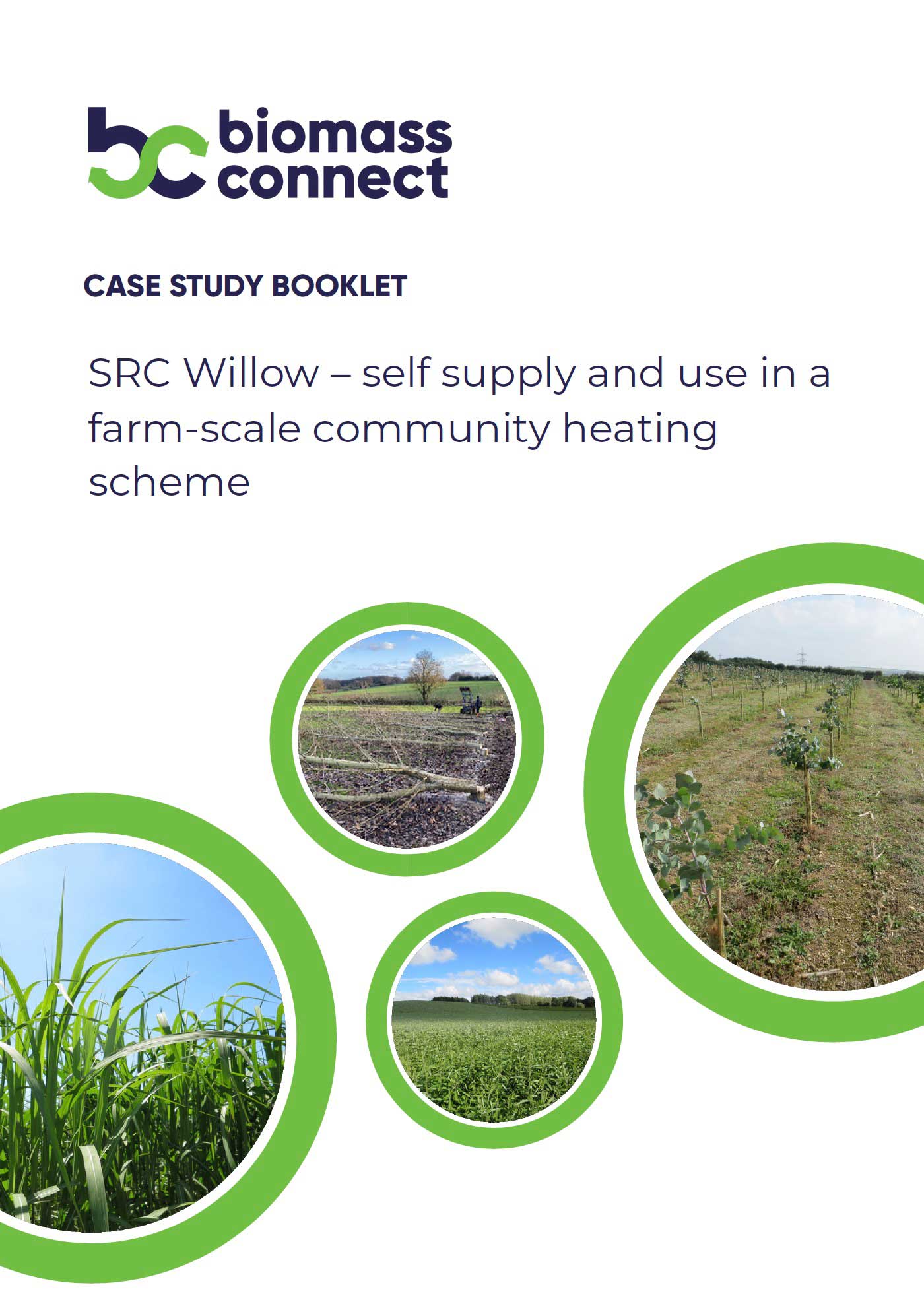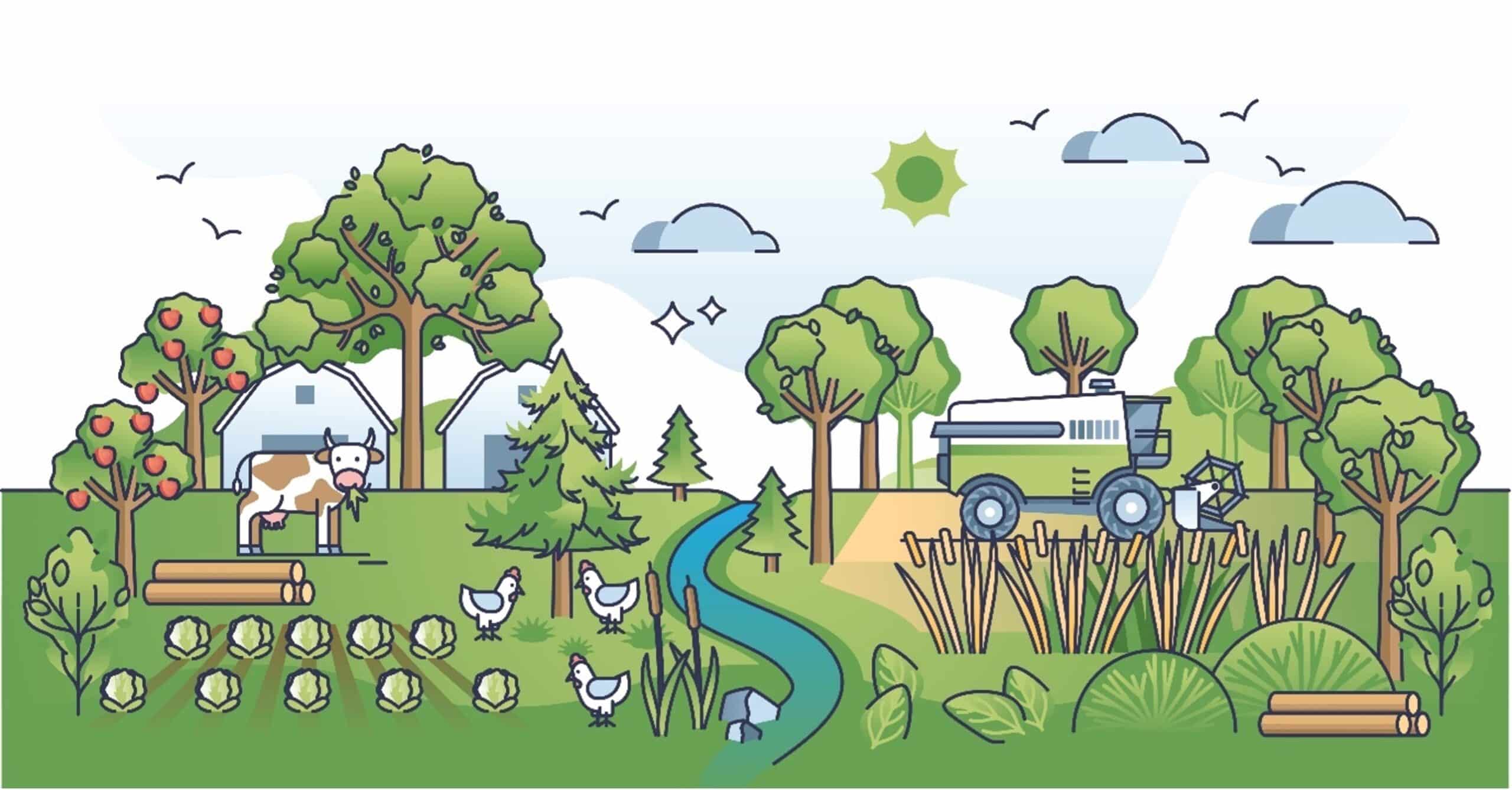Small-scale forestry for bioenergy consumption – Part III: Biomass production and incentives
- Pre-preparation and drying of timber before harvesting is essential for reducing drying costs and improving profits for biomass timber and woodchip
- The carbon benefit from planting woodland for biomass production helps to meet UK renewables targets, and offsets carbon emissions from burning coal or other high carbon outputting fuel sources
- Incentives exists for both homeowners and farmers toward increasing the utilisation of biomass produced clean energy across the UK
In this article we will explore the further potential for trees and hedgerows in bioenergy production. Parts 1 and 2 covered potential tree species and management techniques, whereas here, part 3 will discuss forestry in terms of biomass.
Drying and processing harvests for biomass production
While healthier wood may bring greater yields and prices based on quality, timber collected for biomass does not share similar requirements to timber collected for architecture, furniture, or other specific uses, and therefore can consist of poor-quality trees, including dead or dying wood. Therefore, timber collected from thinning exercises, from woodlands for all uses may be developed as biomass.
Potentially the biggest challenge in producing timber for biomass, particularly within the UK, is the drying process. This directly impacts timber price and quality and can lead to expensive infrastructure costs.
Trees can be pre-prepared to decrease moisture content before harvesting which can significantly reduce the time and costs required in post-harvest drying sessions. This can involve organic and chemical methods on live trees, or simply harvesting dead or dying trees. This will have reduced moisture content due to ill health and transpiration rates.
Ring barking, also called girdling, is where a complete strip of bark around the circumference of the tree is removed, preventing transpiration of water from the roots to the top growth. This helps to dry out stem tissue above the cut line and leads to to a reduction to <35% moisture content. The upper stem of the tree usually dries faster, leading to a possibility of drying the sparser upper tissues of the tree for biomass, and retaining better quality, thicker lower stem tissues for traditional timber. The slow thinning of limbs and leaves also enables other surrounding trees to gradually adapt to the changing conditions, reducing the risk of wind throw.
The benefits for ring barking include reduced storage space required for drying timber and providing better quality biomass timber with potential for increased calorific values. Drying at the source also shortens the supply chain, reducing the need for transportation and improving final profit margins.
Due to significantly reduced moisture content, final harvest weights are likely to be much lower than fresh weights, resulting in improved efficiency during harvest and better soil protection during extraction.
Chemical thinning involves injection of a chemical, such as glyphosate herbicide into the stem. This is often combined with ring barking, where glyphosate is injected upwards, or sprayed into the exposed phloem tissues.
Sour felling/Transpirational drying, is a more traditional method, where entire trees are harvested and left intact on the forest floor, or in stacks by easy access roadsides. This has similar benefits to ring barking, although generally takes up greater space, and requires more invasive harvesting techniques and therefore sour felling is commonly used with clear felling management schemes than in continuous stands. Leaves and limbs are often left intact, to increase moisture loss through transpiration.
Ring barking is generally the preferred method of pre-preparation, as it results in less inconsistency within the drying effect, compared to the horizontal stacking methods, and as sour felling involves multiple operations, ring barking is likely to be a more economical solution. Ring barking also avoids the unsightliness and fire risk of felled trees within a woodland.
Continuous cover forestry (see part II) is the recommended approach to harvesting woodland stands, by retaining irregularly aged and sizes of individual to maintain local environments.
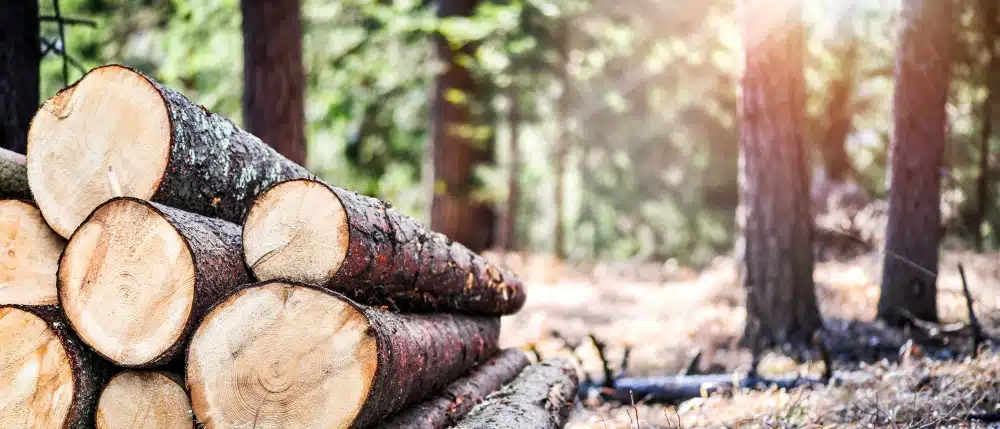
Post-harvest, trees should be left to dry completely. This can be carried out on-site, either within a solar kiln on the property for 6-11 weeks, or by letting the timber rest as rods (up to 8m in length) or billets (5-15cm lengths) outside for up to 2 years. Timber may also be sold for downstream processing off-site, although generally higher returns would be achievable through on-site processing. Drier timber, with moisture contents below 10% are likely to achieve the highest gross profit both for traditional timber and timber for biomass, although net profit should be calculated to include costs of processing.
After timber has been successfully dried to 10%-35% moisture content, the timber can be processed to the intended fuel type; log or woodchip. Again, this can be achieved on-site with a wood screw chipper, drum or by simply cutting logs to length. Pelleting requires more complex processing, where pellets are formed in a pellet plant from already processed and ground woodchip or wood shavings, dried to 8-12% moisture content. Alternatively, the timber can be transported or sold to an off-site plant, which can continue any downstream processing, although this is likely to have an impact on final profits. As before, any potential increases in final prices for processing your own stock should be balanced against the need for manual labour, the expenses incurred for machinery and storage of final chip.
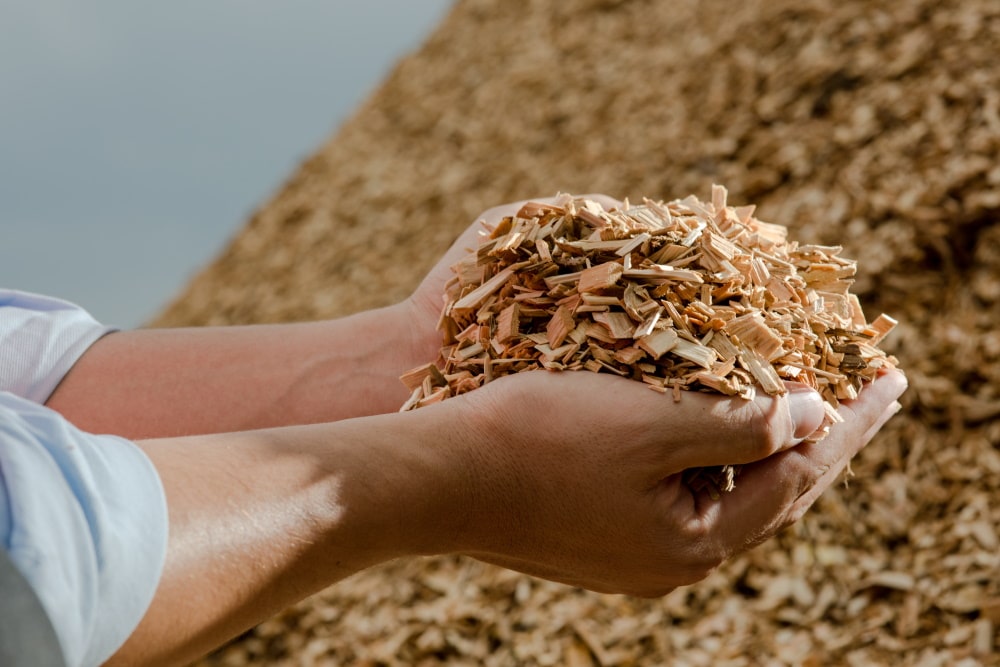
When chipping for biomass, timber should be processed to set specifications, to avoid clogging fuel feeds and damaging machinery, incurring costly repairs and downtime. Woodchip and pellet quality is ranked, with regards to moisture content, ash contaminants and size, and superior biofuel quality can result in greatly improved profits.
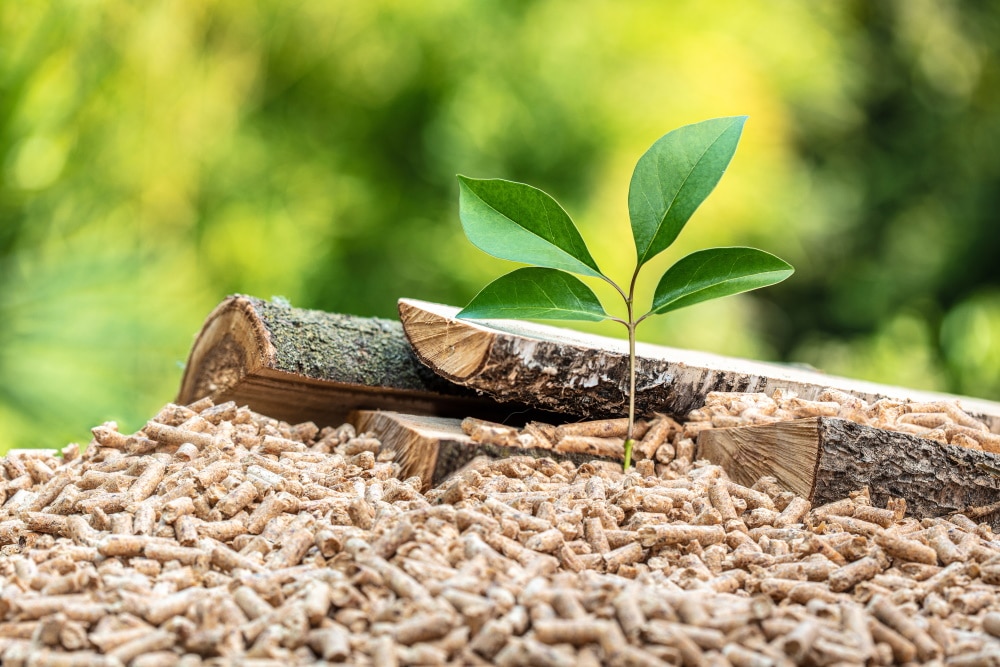

Figure 1: A structured approach to forestry planning, management and processing for biomass production
Carbon benefit from planting new woodland
Correctly managed woodland for biomass production can have significant impacts as a sustainable source of renewable energy, provided that harvested forests are replenished and sustainably managed. Some of the carbon benefits provided by woodland include provisioning services, including timber and biomass production as a substitute for more carbon intensive materials, regulating services such as carbon sequestration, and supporting services, including improving soil health and nutrient and oxygen production, which will have significant impacts on carbon capture.
Land management methods can have substantial impact on environmental and carbon benefits within a forest. For example, continuous cover forestry (CCF), offers improved carbon benefits compared to clear-felling, due to maintaining a structured woodland stand throughout multiple harvests, and thus maintain high soil quality and health, reducing the carbon release from overly tilled, or dried out soils. Coppicing also offers carbon benefit compared to regular harvesting as it avoids the need for regular replanting, and silvopastoral agroforestry, involving planting trees with livestock helps capture carbon emissions from animal excrement and help alleviate carbon pollution from high carbon areas.
Currently, much of Europe’s biomass comes from aged European and American forests. Harvesting from ancient and developed forests can have negative effects on carbon emissions, by releasing carbon dioxide through burning significant carbon stores within natural forests, and not replenishing the sites. Where forests have been storing carbon for centuries, it may take upwards of 100 years to redevelop carbon stores to the same magnitude. By utilising managed, sustainable woodland domestically through both existing sites and new woodland creation, the UK will be able to meet renewable targets without affecting the critical carbon stores held within ancient forestry. Forestry specifically developed for timber and biomass production are often cultivated for a maximum of 40 years, and therefore will not lead to the release of old carbon stores, and furthermore, will only require 40 years to replenish to similar levels.
Latest modelling and improved genetics have increased yield class and reduced rotation scenarios by up to 10 years if aimed specifically for biomass production; growth is far too rapid to be of structural grade and value in that reduced time period. By planting new woodlands for biomass, global production has the potential to reduce the need for biomass from more culturally important aged stands. The UK has targets to add 40,000 hectares of woodland a year by 2030 and reach 19% coverage by 2050. These changes would move us closer in comparison with Europe who have 39% current tree cover. These increases in woodlands will help to create a range of green job opportunities within the forestry and environmental sectors spreading economic growth across the country. Furthermore, woodland developed specifically for bioenergy will also have significant impacts on UK carbon footprints and help to meet net zero targets. Calorific values for dry wood can be as high as 5.3 MWh/tonne, although realistic values for wood of a moisture content between 10-30% is 3.5 – 4.7 MWh/tonne. Average household energy consumption for the UK in 2018 was 3.6 MWh, suggesting that each tonne of timber could sustain a house for a year. In comparison, coal has approximately twice the calorific value of wood, but is a less sustainable fuel and agroforestry offers a more carbon neutral solution to growing energy demands.

Furthermore, in 2019 the UK had an estimated average 5.2 tonnes of carbon emissions per capita, with a trend towards improved rates. The calculated benefit of Eskdalemuir forest, Scotland, is 7.3 tonnes CO2 per hectare per annum. If a similar trend can be observed across all countries in the UK, woodland creation is likely to have a significant impact on the nation’s carbon emissions footprint.
Willow and poplar are ideal species for biomass production as fast growing trees, ideal for coppicing and able to grow on marginal land. Harvesting for biomass in short rotation coppicing should be performed every 4-5 years or longer, to reduce the bark:stem ratio and corresponding high ash contents, although mature timber production will take longer.
Summary
Woodland creation for bioenergy production is a critically important role for current forestry, as it not only provides the carbon benefit through sequestering carbons within the developing woodland, but also offsets coal consumption as a sustainable alternative fuel. Currently global forests are being decimated to meet Europe’s renewables targets, but by creating new woodland domestically within the UK and worldwide we can provide a more sustainable future crop, without risking long-established forestry.
